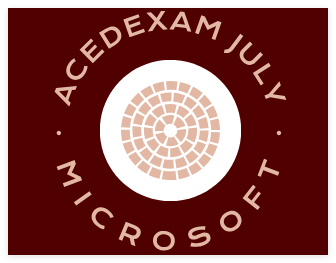Categories
Archives
- July 2024
- June 2024
- May 2024
- March 2024
- January 2024
- December 2023
- October 2023
- September 2023
- August 2023
- July 2023
- May 2023
- April 2023
- January 2023
- December 2022
- October 2022
- September 2022
- July 2022
- June 2022
- April 2022
- March 2022
- December 2021
- November 2021
- September 2021
- July 2021
- May 2021
- March 2021
- January 2021
Year: 2022
Table – Core Data Concepts
Table A table is a grid that contains data that is ordered in rows and columns. Tables work well with quantitative comparisons where you are evaluating many values for a single category. Technologies such as Power BI Paginated Reports and SSRS format large tables to fit onto multiple pages make them easier to read. This …
Line Chart – Core Data Concepts
Line Chart Line charts represent how a series of values change over time. Power BI enhances line charts by including a tooltip that provides more granular information for each data point on the x-axis. This is helpful if you are trying to prove a correlation between data points. Tooltips can be displayed by hovering your …
Summary – Core Data Concepts
Summary The concepts included in this chapter cover the different categories of data, storage options, and processing patterns. This chapter also covered common analysis techniques and when to use different visualizations depending on what business questions you are trying to answer. Understanding these core definitions will help you design data solutions in Azure for any …
Exam Essentials – Core Data Concepts
Exam Essentials Describe the characteristics of relational data. Relational databases are data storage technologies that organize data into tables that can be linked based on data common to each other. Database tables store data as rows and are organized into a set number of columns. Relationships between tables allow users to easily query data from …
Relational Database Features – Relational Databases in Azure
Relational Database Features Relational databases store data as collections of entities in the form of tables. In the context of data, entities can be described as nouns, such as persons, companies, countries, or products. Tables contain structured data that describes an entity and are composed of zero or more rows and one or more columns …
Relational Database Features – Relational Databases in AzureRead More
Analytical Workload Design Considerations – Relational Databases in Azure
Analytical Workload Design Considerations Data warehouses and online analytical processing (OLAP) systems are optimally designed for read-heavy applications. While OLTP systems focus on storing current transactions, data warehouses and OLAP models focus on storing historical data that can be used to measure a business’s performance and predict what future actions it should take. Data warehouses …
Analytical Workload Design Considerations – Relational Databases in AzureRead More
Relational Data Structures – Relational Databases in Azure
Relational Data Structures Relational databases are composed of several different components. Take an OLTP database that powers a retail company’s POS for example. This database probably has a customer table that contains rows for every customer that has made a purchase. The table can include columns for each customer’s first name, last name, phone number, …
Relational Data Structures – Relational Databases in AzureRead More

